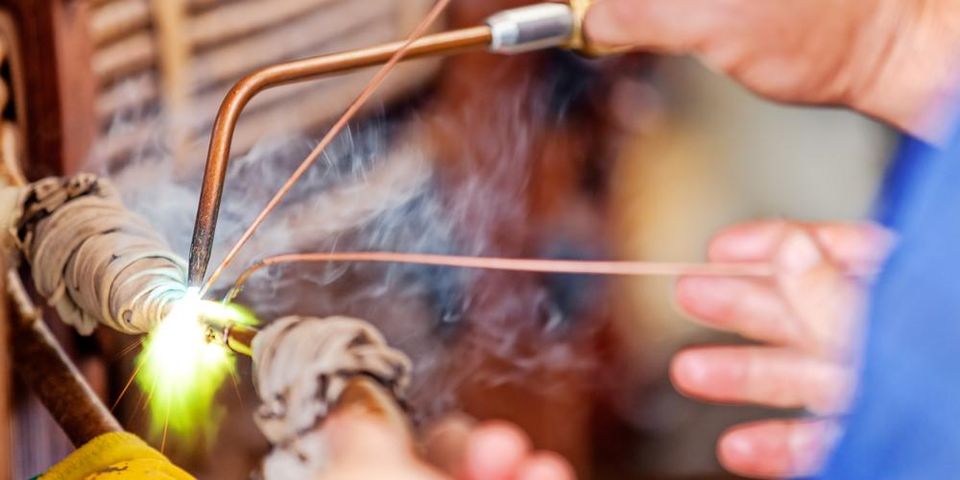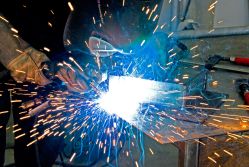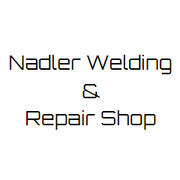
When joining two or more metal parts together, there are two methods you can choose from: brazing or welding. These distinct processes both fuse metal pieces together, but the one best suited for your project depends on the metal and equipment you’re working with. Below, Nadler Welding & Repair Shop, a leading metal shop in Wentzville, MO, shares some insights about the two.
What Is Welding?
 Welding uses extremely high temperatures, ranging from 3,000 to 20,000 degrees Celsius, to melt the metal and filler, producing a joint as strong as the metal itself. The main disadvantage of welding is that you cannot join two different metals, such as copper and steel. There are different types of welding processes metal shops use; the most popular of which include metal inert gas (MIG), tungsten inert gas (TIG), shielded metal arc welding (SMAW), and flux-cored arc welding (FCAW). Welding can also be used to cut through metal.
Welding uses extremely high temperatures, ranging from 3,000 to 20,000 degrees Celsius, to melt the metal and filler, producing a joint as strong as the metal itself. The main disadvantage of welding is that you cannot join two different metals, such as copper and steel. There are different types of welding processes metal shops use; the most popular of which include metal inert gas (MIG), tungsten inert gas (TIG), shielded metal arc welding (SMAW), and flux-cored arc welding (FCAW). Welding can also be used to cut through metal.
What Is Brazing?
Brazing, on the other hand, does not melt the base metals, which means it can be done at significantly lower temperatures. It joins the metal pieces together by melting a filler that is usually made of a metal alloy that has a lower melting point. It also uses flux, which is a liquid that cleans the surface and allows the melted filler to flow over the metal parts, creating a stronger bond. The biggest advantage to using brazing is that you can fuse different types of metal together. However, the joints are not as strong as welded ones.
If you want to learn more about these two metal-joining processes, get in touch with Nadler Welding & Repair Shop. This family-owned and -operated metal shop has provided excellent residential and commercial steel fabricating solutions since 1951. Their expert technicians also offer mobile welding services for your convenience. Call the metal shop at (636) 327-4404 or visit their website for more information on their services.
About the Business
Have a question? Ask the experts!
Send your question

